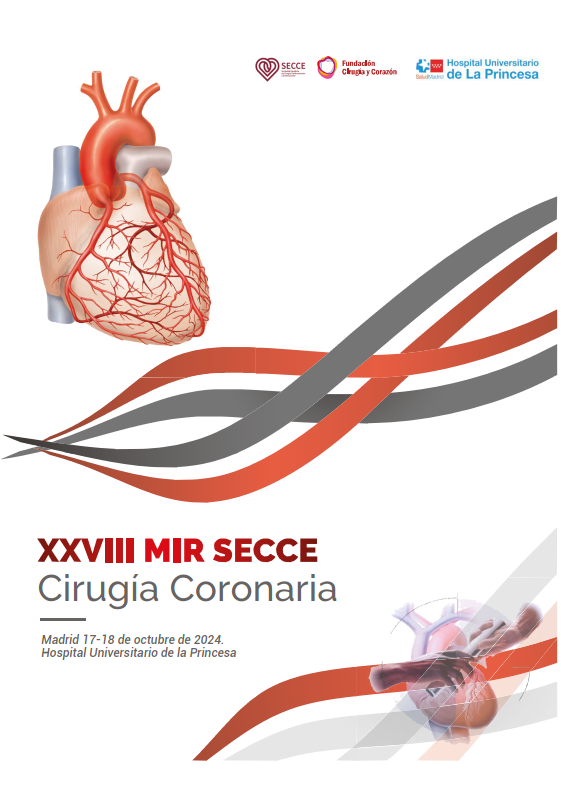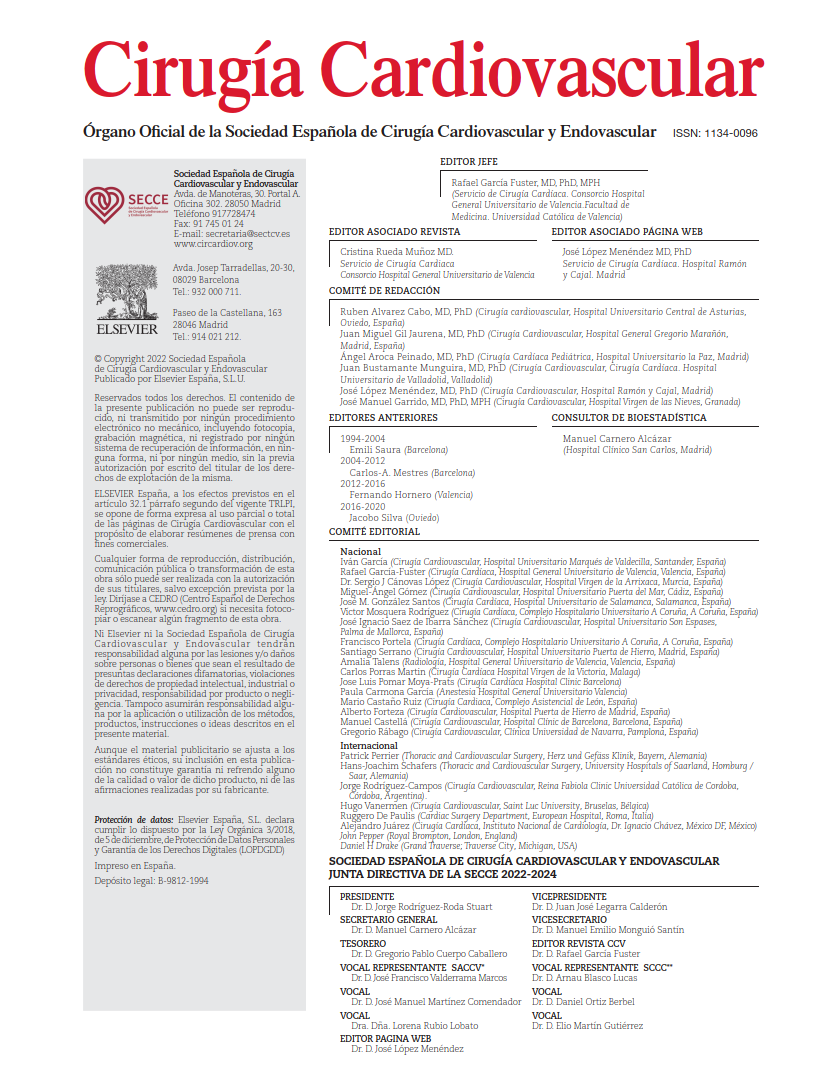Congenital heart disease (CHD) represents the most frequently observed birth defect, with an incidence of approximately 1% of live births. It is estimated that up to one-third of cases have a genetic basis. When cardiac anomalies coexist with well-characterized extracardiac features, they constitute a syndrome. The most frequently encountered include trisomy 21, Noonan syndrome, Turner syndrome, 22q11.2 deletion syndrome, and Williams-Beuren syndrome.
A multidisciplinary approach is essential in these patients. Our understanding of how genotype influences clinical outcomes continues to evolve, and this factor must be integrated into therapeutic planning.
The reviewed publication is an academic descriptive review that presents the main syndromes associated with CHD, their cardiac and extracardiac features, and their genetic etiologies, emphasizing the critical role of genetic counselling.
The authors classify the genetic alterations into three major categories:
- Aneuploidy: An abnormal number of chromosomes (e.g. trisomy 21, trisomy 13, Turner syndrome).
- Copy number variation: Structural abnormalities in the form of deletions or duplications (e.g. 22q11.2 deletion, Williams-Beuren syndrome).
- Single-gene variants: Mutations in individual genes (e.g. Holt-Oram, Noonan, Costello, Alagille, CHARGE and Kabuki syndromes).
Additionally, the article underscores the importance of initiating genetic counselling even before test results are available, as these can be difficult to interpret and risk stratification is often complex. The European Society of Cardiology recommends preconception genetic counselling in patients with CHD, given that transmission risk may range from 2% to 50%.
Genetic testing is considered appropriate in patients with characteristic phenotypes; CHD associated with craniofacial, skeletal, or visceral anomalies; a first-degree relative with CHD; or a history of multiple miscarriages. Likewise, testing is recommended in cases of tetralogy of Fallot, interrupted aortic arch, truncus arteriosus, and other anomalies involving the aortic arch or pulmonary branches.
The following table is an adapted version of Table 1 from the reviewed article, summarizing the cardiac and extracardiac manifestations of the most relevant syndromes:
| Syndrome | Genetic abnormality | CHD (%) | Cardiac manifestations |
| Down | Trisomy 21 | 35–50 | AVSD (partial and complete), ASD, VSD, PDA, TOF, pulmonary hypertension |
| DiGeorge | 22q11.2 deletion | 75–83 | TOF, interrupted aortic arch, VSD, truncus arteriosus |
| Turner | X0 (45,X) | 17–50 | BAV, coarctation of the aorta, HLHS, PAPVR, coronary anomalies, aortopathy, HTN, early CAD |
| Noonan | RAS-MAPK pathway mutations | 81–90 | PS, ASD, HCM, VSD, PDA, dysplastic aortic and mitral valves |
| Williams-Beuren | 7q11.23 deletion | 80 | Supravalvular AS, stenosis of aortic arch, descending aorta, and pulmonary, coronary, renal, mesenteric and intracranial arteries |
| Holt-Oram | TBX5 gene mutation | 79 | ASD, VSD, AVSD, PS, PDA, tricuspid atresia |
Abbreviations: AVSD: atrioventricular septal defect; ASD: atrial septal defect; VSD: ventricular septal defect; PDA: patent ductus arteriosus; TOF: tetralogy of Fallot; PS: pulmonary stenosis; HCM: hypertrophic cardiomyopathy; BAV: bicuspid aortic valve; HLHS: hypoplastic left heart syndrome; PAPVR: partial anomalous pulmonary venous return; HTN: hypertension; CAD: coronary artery disease.
The main extracardiac features defining the above-mentioned syndromes are summarized below:
- Down syndrome: Cognitive impairment, hypotonia, gastrointestinal atresia, obstructive sleep apnoea (OSA), congenital hypothyroidism, hearing loss, cataracts, haematological abnormalities
- 22q11.2 deletion syndrome (DiGeorge): Cognitive impairment, psychiatric disorders, parathyroid dysfunction, cleft palate, velopharyngeal insufficiency, genitourinary anomalies, immune dysfunction
- Turner syndrome: Short stature, premature ovarian failure, lymphedema, webbed neck, redundant nuchal skin, cognitive impairment
- Noonan syndrome: Hypertelorism, low-set ears, ptosis, cognitive impairment, lymphatic anomalies, bleeding diathesis, cryptorchidism, renal abnormalities, pectus carinatum/excavatum, hearing and vision impairment, increased cancer risk
- Williams-Beuren syndrome: Broad forehead, bitemporal narrowing, epicanthus, stellate iris, short nose with bulbous tip, full lips, wide mouth, micrognathia; neurological impairment, idiopathic infantile hypercalcemia, hypercalciuria, hypersensitivity to sound, diverticulitis, urinary tract malformations, hypothyroidism, vision deficits
- Holt-Oram syndrome: Thumb anomalies, radial agenesis/hypoplasia, ulnar aplasia/hypoplasia, humeral hypoplasia or phocomelia
COMMENTARY:
Advances in diagnostic techniques have significantly improved our understanding of the clinical relevance of genetic alterations in patients with congenital heart disease.
The mere identification of a genetic syndrome has prognostic implications. It enables clinicians to offer families a more accurate estimate of disease risk, facilitate counselling, and assist in long-term planning. It is well known that apparently similar mutations can result in a highly heterogeneous spectrum of clinical presentations, making it essential for all genetic testing to be accompanied by appropriate counselling.
Active surveillance of cardiac and extracardiac comorbidities, along with preventive strategies, is fundamental—especially in syndromes associated with increased risk of early-onset hypertension, obesity, OSA or pulmonary hypertension. Understanding the clinical implications of a genetic diagnosis is key to establishing optimal cardiovascular follow-up. Cognitive impairment is one of the most common extracardiac features across these syndromes. Early developmental stimulation and cognitive support programs are crucial to help patients achieve maximal independence and self-care, thereby improving overall quality of life for both patients and families.
The role of the surgeon must go beyond the operating room. We must ensure that the diagnostic process is thorough enough to plan an individualized therapeutic strategy that addresses preoperative, intraoperative and postoperative considerations.
Genetic syndromes are a clear example of why a multidisciplinary approach is essential. We treat patients—not just their pathology. Even seemingly minor decisions, such as coordinating pacemaker generator replacement with other procedures like cystoscopy in a pediatric patient, may have significant consequences for daily life, schooling and long-term morbidity.
Technical skill alone is no longer sufficient to define a good surgeon. Striving for excellence means working within a team that shares the same goal.
REFERENCE:
Duarte VE, Singh MN. Genetic syndromes associated with congenital heart disease. Heart. 2024 Sep 25;110(20):1231-1237. doi: 10.1136/heartjnl-2023-323126.



